In short, yes!
This is an old question that comes up from time to time. Eric Schrader mentioned that he’s fielded the question more than once in recent weeks, and the idea has got me thinking. If it feels to you like bonsai is getting harder, here’s what might be going on.
More experts = more things to worry about
As the bonsai scene outside of Japan matures, we now have more teachers in more parts of the world contributing to the compendium of knowledge on the topic of small trees.
This is great, but it can be overwhelming if we take every tip or warning as a siren call to stop what we’re doing and try something new.
In just the last month, for example, we received a warning about a common soil ingredient and detailed instructions about how to make chopsticks.
Are our trees going to die if we don’t change our repotting habits immediately? Probably not.
Regarding the latter tip, I like using bamboo chopsticks of different sizes and find that they’re super helpful for repotting trees of different sizes.
As for the former, there are some great takeaways here that we can apply to all of our soil ingredients. I’ve been using more lava rock in the garden recently as it’s affordable where I live and it produces some of the most vigorous growth I’ve seen after three decades of experimenting with different soil mixes.
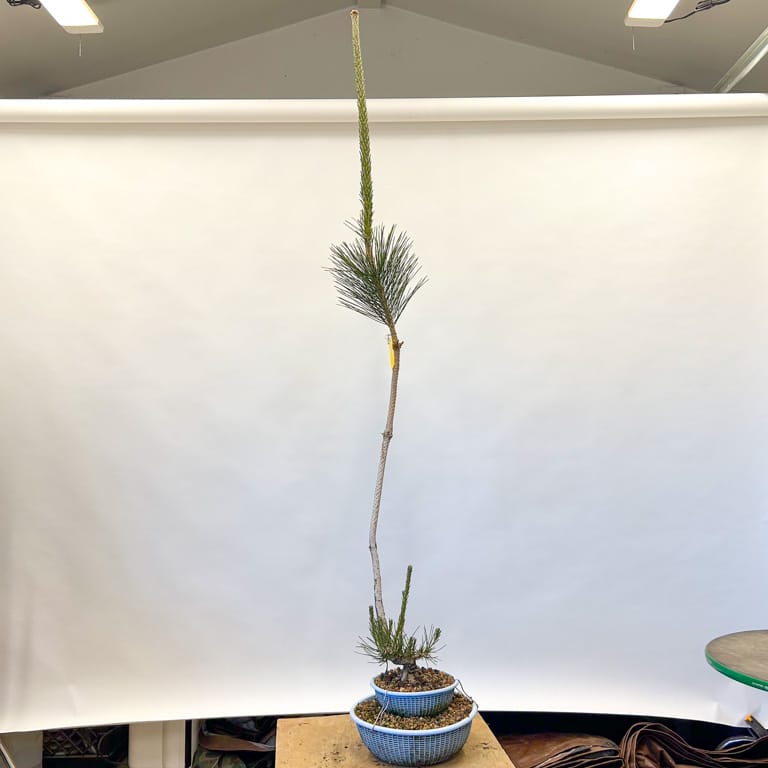
The most vigorous pine in the garden is growing in 100% lava rock
Are all sources of lava the same? No – there are different minerals in scoria that comes from different mines. Does washing lava rock before use make a difference? Yes! The dust in lava can cause problems from mineral overload to simply holding too much water in the mix. I’d never recommend using dusty lava rock without rinsing it first – and I recommend the same approach for overly dusty pumice.
Do roots look the same that grow in different soils? No – different soils can produce different root growth and different foliar growth. Aligning the soils we use with our development goals can help us get the most out of our soil mixes.
If you’re still trying to home in on the perfect mix for your trees, do some research, check with people who get great results in your area, and prepare to try something new in the next repotting season.
And if you haven’t seen problems with your soil mixes or repotting techniques, there may not be any need to change what you’re doing.
Better trees require better technique
Twenty years ago I had a handful of trees that looked like bonsai and a whole lot of young pines in the garden. At most only a few of my trees needed intermediate-level structural work (primary and secondary branches) and the rest simply needed to stay healthy and grow.
Now that more of my trees have full silhouettes, much more work is required to continue develoment.
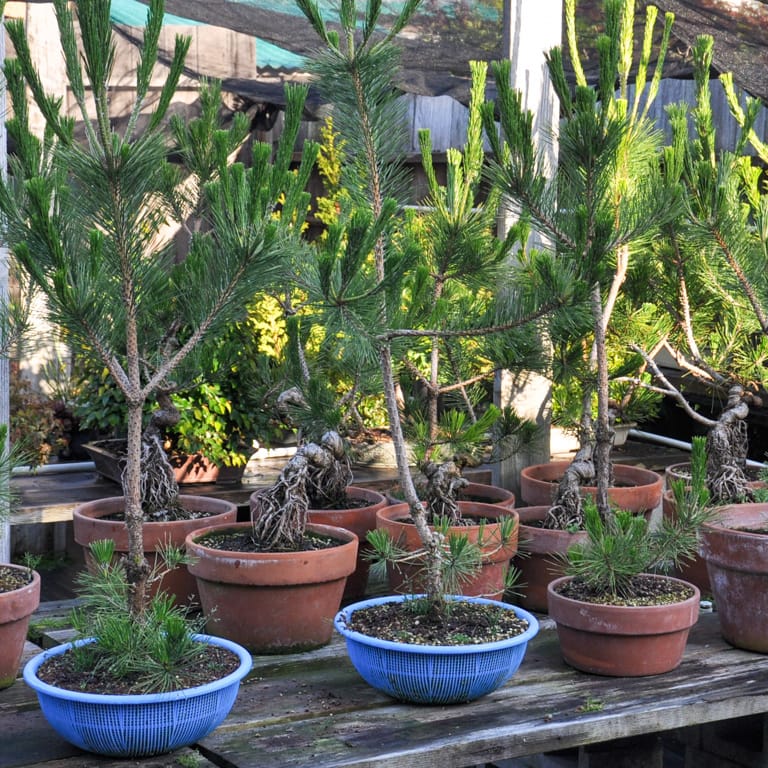
Young pines – not much wiring happens at this stage
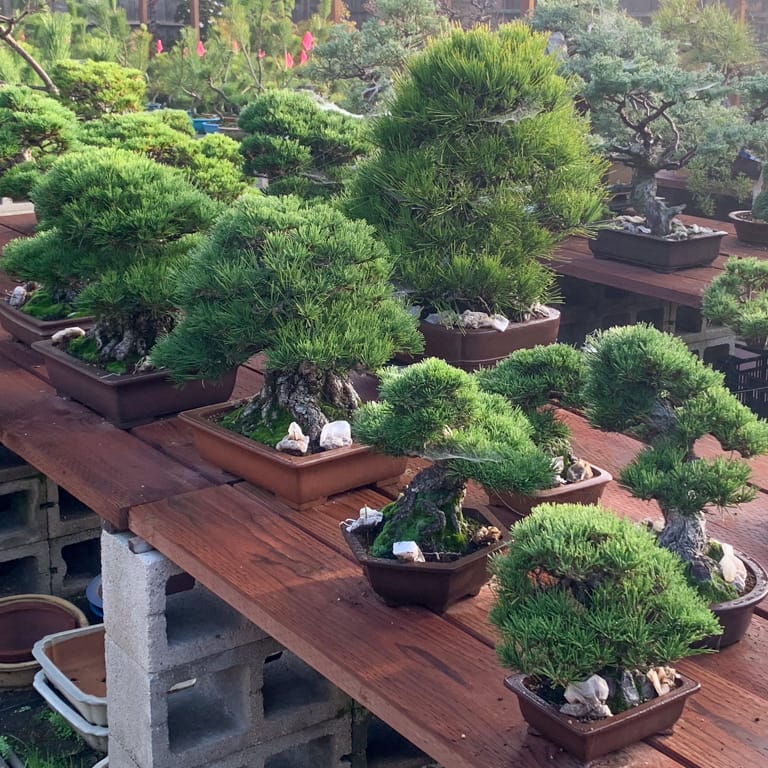
More mature pines require much more work throughout the year
If your garden requires more days wiring, pruning, or plucking than it did a few years ago, you’re probably doing something right!
The perennial challenge of finding quality material for bonsai
As more people develop an appetite for quality trees, it can feel harder to find good material to develop.
For example, bonsai beginners can learn a lot from working with nursery stock. One gallon or five gallon junipers are great for learning the basics of watering, pruning, and wiring.
Several years on, hobbyists might start looking for more developed material to work on or outstanding trunks to develop. By almost any measure, finding these trees is “harder” than heading down to the local garden center.
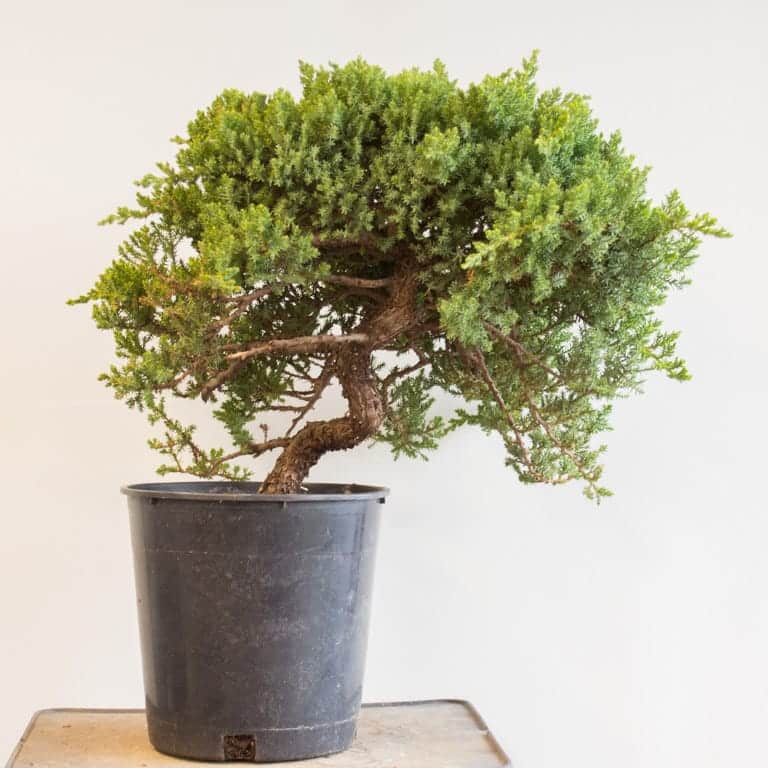
A great find for someone getting started
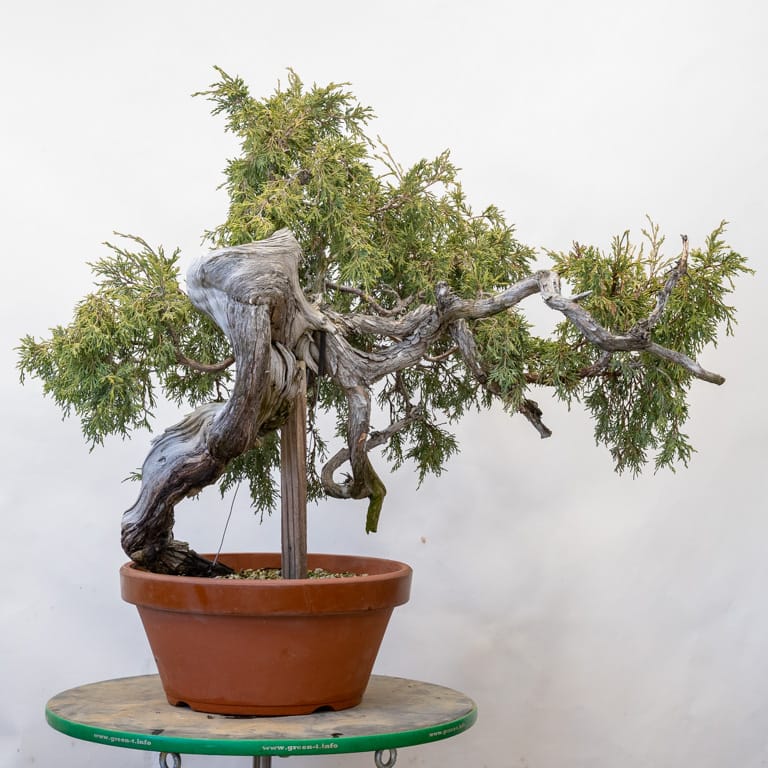
A great find for someone with more experience (or ambition!)
This has been true for as long as I’ve been in bonsai, but what may be different now is that there’s more desire for higher quality trees. And until supply catches up with demand, it’ll be challenging for collectors to get their hands on the material they’re so excited to work with.
My response to this challenge is simple: create more of your own material!
The growing community is working hard to supply pre-bonsai for beginner and intermediate enthusiasts, and bonsai professionals are producing as many great trees as they can. Supporting our growers and our professional community will stimulate production but even this will only meet a fraction of the current demand for material.
Whether you start with collected material, field-grown pre-bonsai, or you grow trees from scratch, these are our best options for creating the material we want to work on. It’s why I’m passionate about helping people grow trees at all stages of development because without this effort there simply won’t be as many trees available to work with!
Are you finding bonsai harder these days? Is the weather, conflicting advice, or the increased sensitivity of mature trees proving much more challenging than it was a few years ago?
Let us know about it in the comments below.
